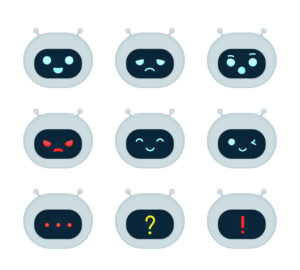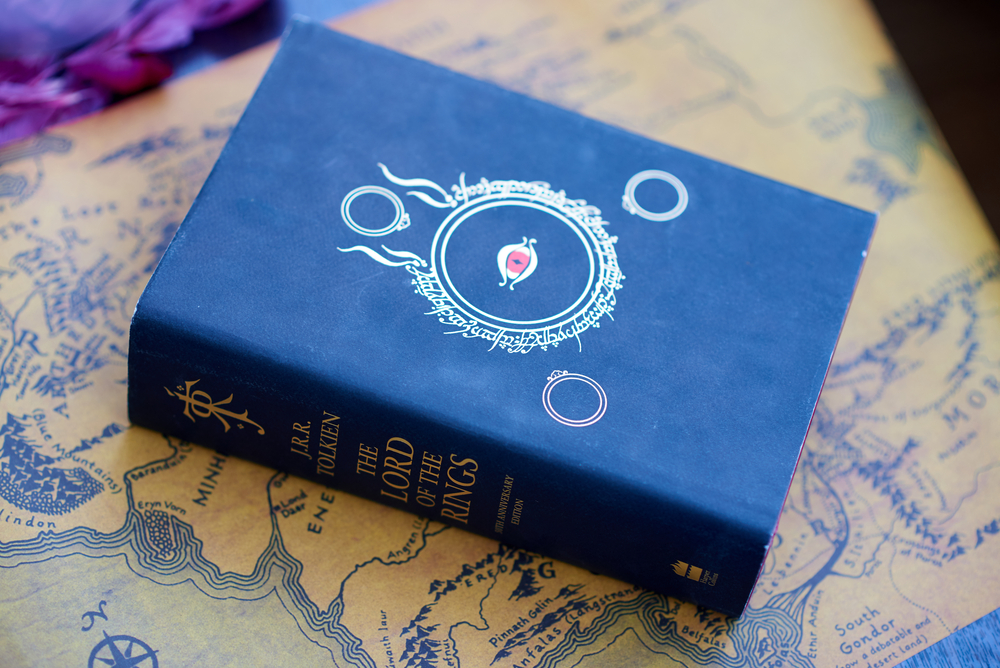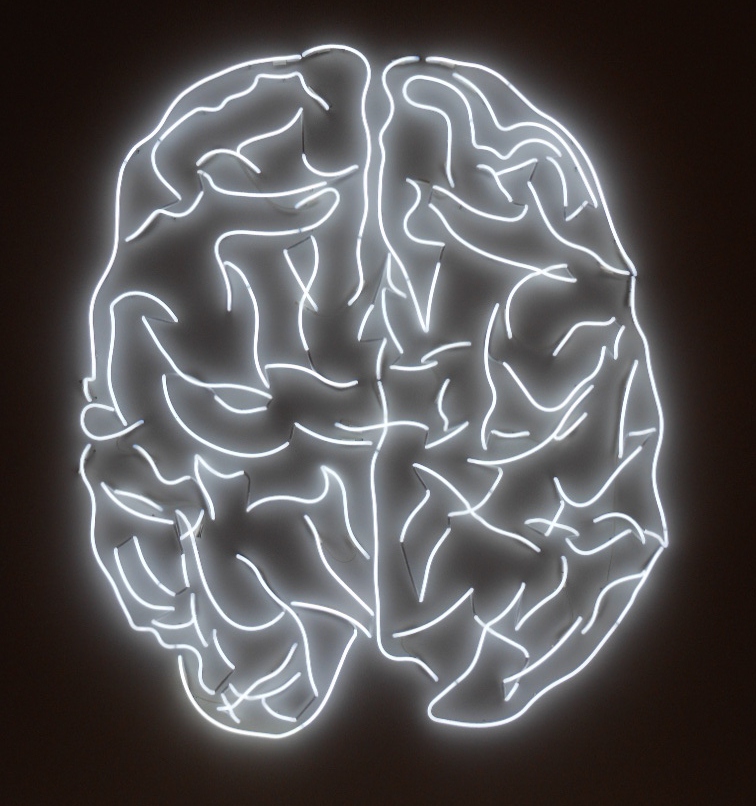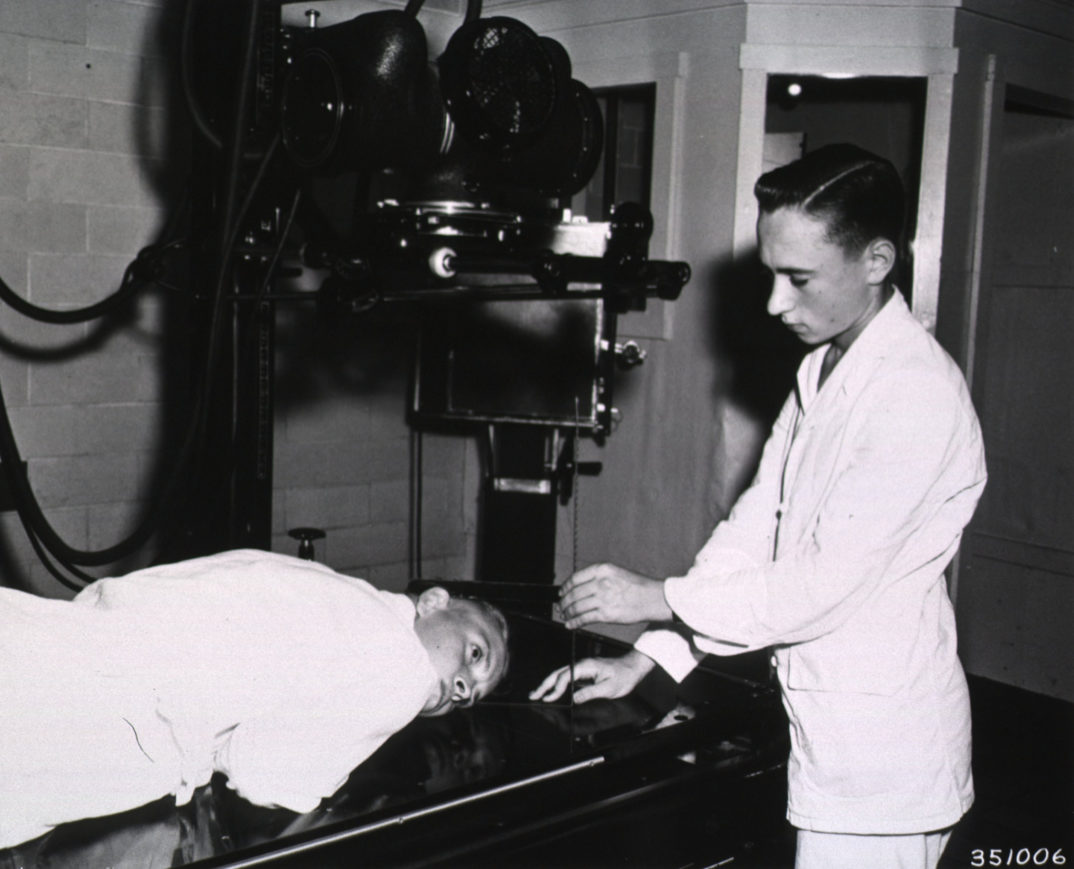On Wednesday, June 12th, members of the Southern Baptist Church (SBC) attending their annual convention voted express opposition towards in vitro fertilization, or IVF. This is a series of procedures aimed to cause pregnancy for couples or individuals experiencing difficulties with fertility. The final steps of the process involve fertilizing egg cells in a lab, then implanting resulting embryos to result in pregnancy. Both because embryos may fail to implant, and because couples may hope to have multiple children through IVF, clinics produce multiple embryos. Those that go unused are either frozen or destroyed. The U.S. Department of Health and Human Services (HHS) estimates that there are 600,000 frozen embryos in the U.S., while the National Embryo Donation Center puts this figure at 1.5 million. (It is comparatively more difficult to attain figures on how many embryos are destroyed.)
It is worth looking at precisely what the attendees of the convention resolved. According to the organization’s summary of the meeting, attendees, given that IVF involves the creation, storage and destruction of embryos that will not be born, endorsed:
That the messengers to the Southern Baptist convention… call on Southern Baptists to reaffirm the unconditional value and right to life of every human being, including those in an embryonic stage, and to only utilize reproductive technologies consistent with that affirmation especially in the number of embryos generated in the IVF.
Further, they call on Southern Baptists “to advocate for the government to restrain actions inconsistent with the dignity and value of every human being, which necessarily includes frozen embryonic human beings,” and “promote adoption as one way… [for couples] to grow their families and [ask prospective adoptive parents] to consider adopting frozen embryos.”
Why propose this resolution now? It seems to make explicit what was previously just implied. In February, the Alabama Supreme Court ruled that, according to state law, the fertilized embryos created from IVF are children. Following the ruling, three IVF clinics in Alabama suspended operations, prompting state lawmakers to craft legislation granting civil and criminal immunity to those involved in providing IVF treatment. At the Federal level, IVF has become a political football. Republicans in the Senate proposed legislation that would withhold Medicaid funds from any states which pass legislation banning IVF – legislation blocked by Democrats. Instead, Democrats favor a bill which would prevent states from restricting the procedure and require insurers to cover it. Only two Republicans voted to take this later bill to the floor, causing it to fall short of the 60 votes necessary to proceed.
Some context on this issue may be illuminating. According to the Pew Research Center, 10% of women in the U.S. self-report having received fertility services. The U,S. Department of Health and Human Services reports that in 2021, 2.3% of all infants born in the U.S. (86,146) were conceived using IVF. So, restrictions on IVF stand to impact a significant number and perhaps prevent tens of thousands of births a year. Further, public sentiment is in favor of IVF. According again to Pew, 70% of subjects surveyed say access to IVF is a good thing and only 8% say it is bad. The least approving groups were white evangelical Protestants and those who self-describe as Republicans, 63% of whom approve.
Of course, the common occurrence and popular endorsement of a practice does not make it moral. Slavery, blood sports, and ritualistic sacrifices were historically common but we now condemn these as obviously wrong. So, we ought to consider the merits of the moral arguments against IVF, particularly those of the Southern Baptists.
The position advocated for by the SBCs seems to stem from a common starting point in many debates about reproduction – the idea that life begins at conception. The argument, in the context of IVF seems to go something like this: Human life begins with an embryo. The process of IVF produces embryos that are frozen indefinitely or destroyed. It is wrong to end or refuse to allow a human life to continue. Let’s call this argument the Embryo Personhood View or EPV.
This argument relies on several potentially questionable premises. For instance, one might wonder whether it is always wrong to end a human life – we may find it justified in the context of self-defense or perhaps triage. Further, the concept of human life is somewhat underexplained; perhaps what we are really concerned about are a being’s psychological capacities, not whether it is a human organism. Regardless, I think it is worthwhile to unpack the EPV in order to determine SBC’s theoretical commitments.
In particular, we should consider the statement that human life begins with an embryo. When we begin analyzing it, what it means may become less clear. Consider the fact that a plant begins with a seed. This statement tells us that a seed is necessary to get a plant but that more is required – you need a viable seed, nutritious soil, sunlight, and water.
Do the Southern Baptists believe that human life begins with an embryo in the sense that an embryo is necessary for human life? Certainly, they must believe this; you cannot have a new human life without first having an embryo. But this cannot be all that “human life begins with an embryo” means. First, many things are necessary for human life that seem to lack moral significance. Chemicals like carbon, oxygen, and hydrogen are the necessary building blocks of our bodies; yet they do not have unconditional value or rights. Second, the biological materials that produce an embryo – namely, sperm and egg cells – are also necessary for human life. Do these cells have a similar dignity and value? Are they the proper subject of government regulation?
Perhaps instead the SBC’s view is that the embryo is sufficient for human life. When thing A is sufficient for thing B, that means A is enough to cause B. Getting 100% on a test is sufficient to pass it; you will certainly pass the test with a perfect score! But it is not necessary to pass, as you could pass with a lower score. So, in this case, an embryo being sufficient for a human life means that once we have an embryo, we have a being with a right to life. While this avoids some of the strange implications of the necessity view, it is not clear that this is a defensible position, nor one that the SBC actually holds.
First, there is the matter of context. An embryo is normally sufficient, at least in some sense, to produce a living human organism. When conception occurs inside the body, and the zygote develops into an embryo, this starts a process. Unless this process is interrupted by some means, the end result will be a morally valuable human being. Of course, it’s worth noting that the process may be interrupted by natural means; the embryo may fail to implant, it may be non-viable, there may be a miscarriage, etc. However, an embryo in a lab seems importantly different in the sense that it is not currently in this process. If left to its own devices, it simply will not survive. Thus, the circumstances of a frozen embryo make it seem comparatively less plausible that it is sufficient for human life; its circumstances are abnormal for an embryo.
Second, there is a matter of consistency. Considering the view that an embryo is a person, Dustin Crummett asks us to imagine the following case: A fertility clinic catches fire. One part of the building contains hundreds of frozen eggs. A five-year-old child is trapped on the other side. Who should firefighters save first? Clearly the five-year-old. But this suggests that embryos lack the same rights and dignity as humans. Otherwise, saving the frozen eggs would seem a more compelling course of action. In fact, it should be an obvious choice; there are literally hundreds of embryos, so if their lives are valuable, the moral reason to save them should be hundreds of times greater than the moral reason to save the five-year-old.
There is something generally puzzling about the positions staked out by the SBC when considered in totality. As noted earlier, the resolutions approved at the convention state that embryos have a right to life. They also promote adoption for couples struggling with fertility and ask them to “consider” adopting frozen embryos. Suppose embryos have a right to life. For a frozen embryo to live its life, it must be implanted into a person and develop in utero. Compare this to an already living child in the adoption system. Certainly, it would be better for a child in this position to be adopted into a loving family, but they will still survive if not. We cannot say this for a frozen embryo. Thus, it seems that the SBC should be imploring members of its Church to attempt to adopt frozen embryos. To merely ask them to consider this option suggests that their actual view of an embryo’s moral standing is less than what the resolutions explicitly claim.
Ultimately, the SBC’s position on IVF has to overcome some challenges. If they think life beginning with an embryo means an embryo is necessary for human life, then either their position is trivial or it goes too far. Yet, they may instead mean that embryos are sufficient for human life. Yet in the context of IVF, this claim is dubious. Further, this claim seems at odds with other positions that the SBC posits in their resolutions.
Views we posit in debates about reproductive rights have far-reaching implications. We often make claims about what rights we have over our own bodies, when we may permissibly end another life, and what precisely it is that makes a living organism worthy of moral consideration. As a result, it is always advisable to think carefully about what your views imply in other contexts, lest you commit yourself to a position you do not actually accept.

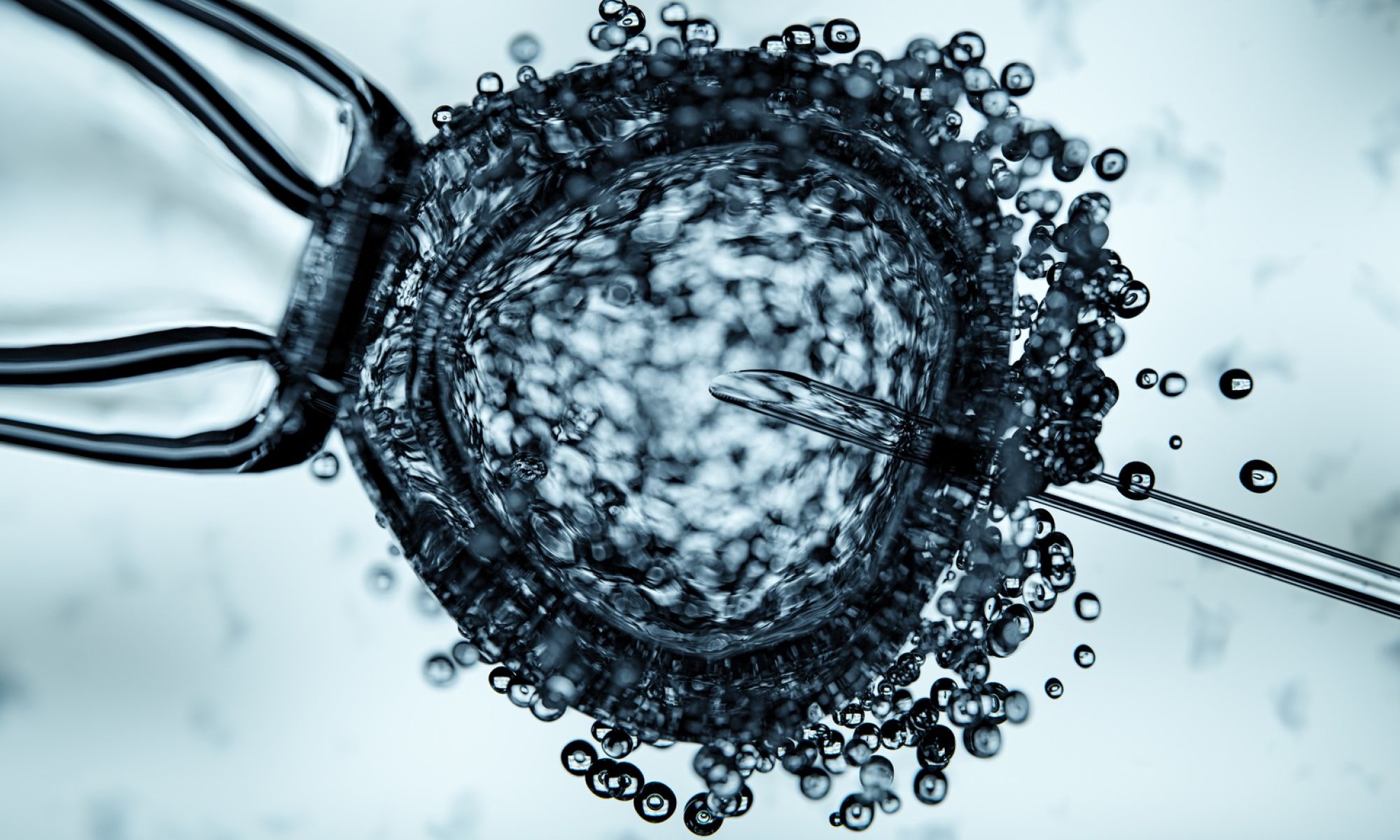




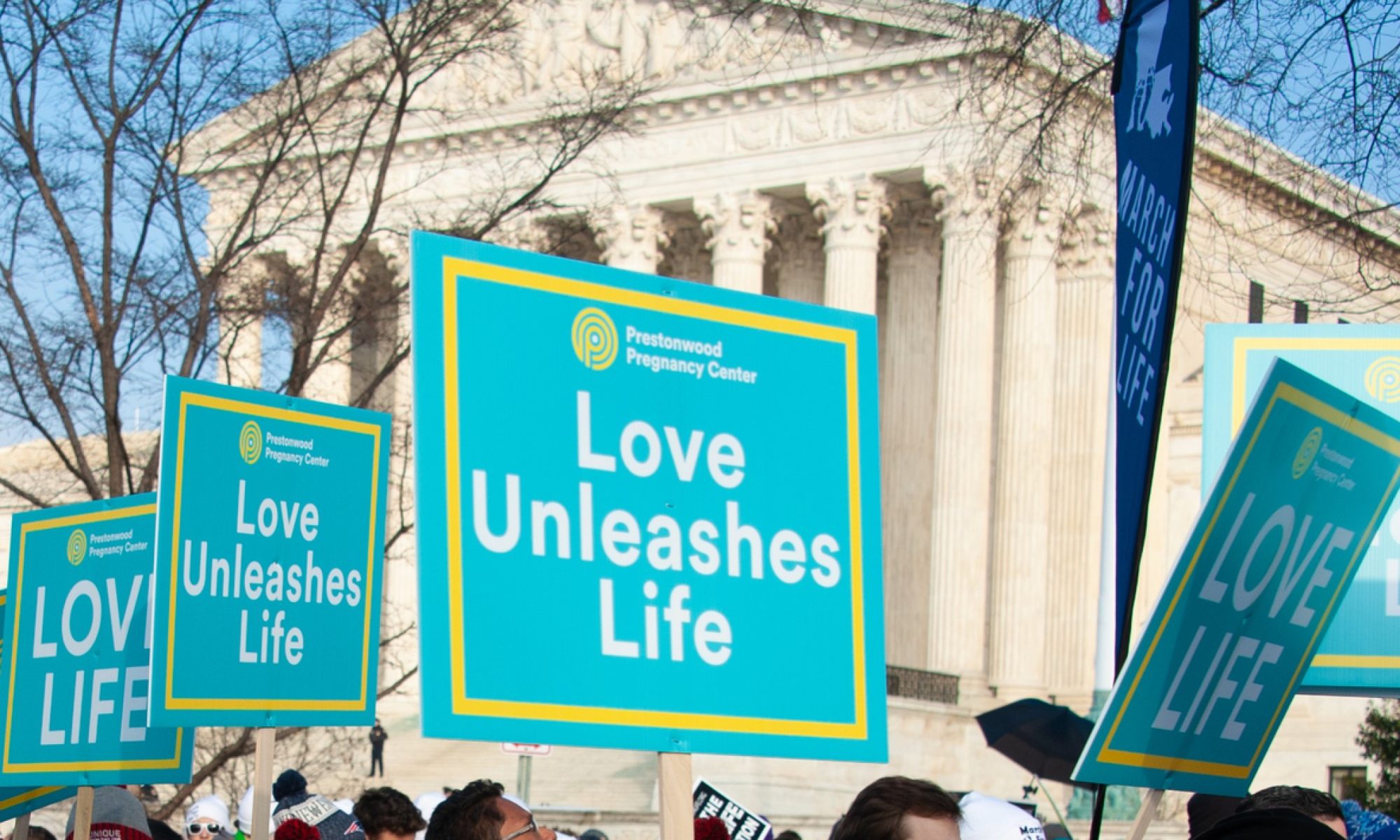

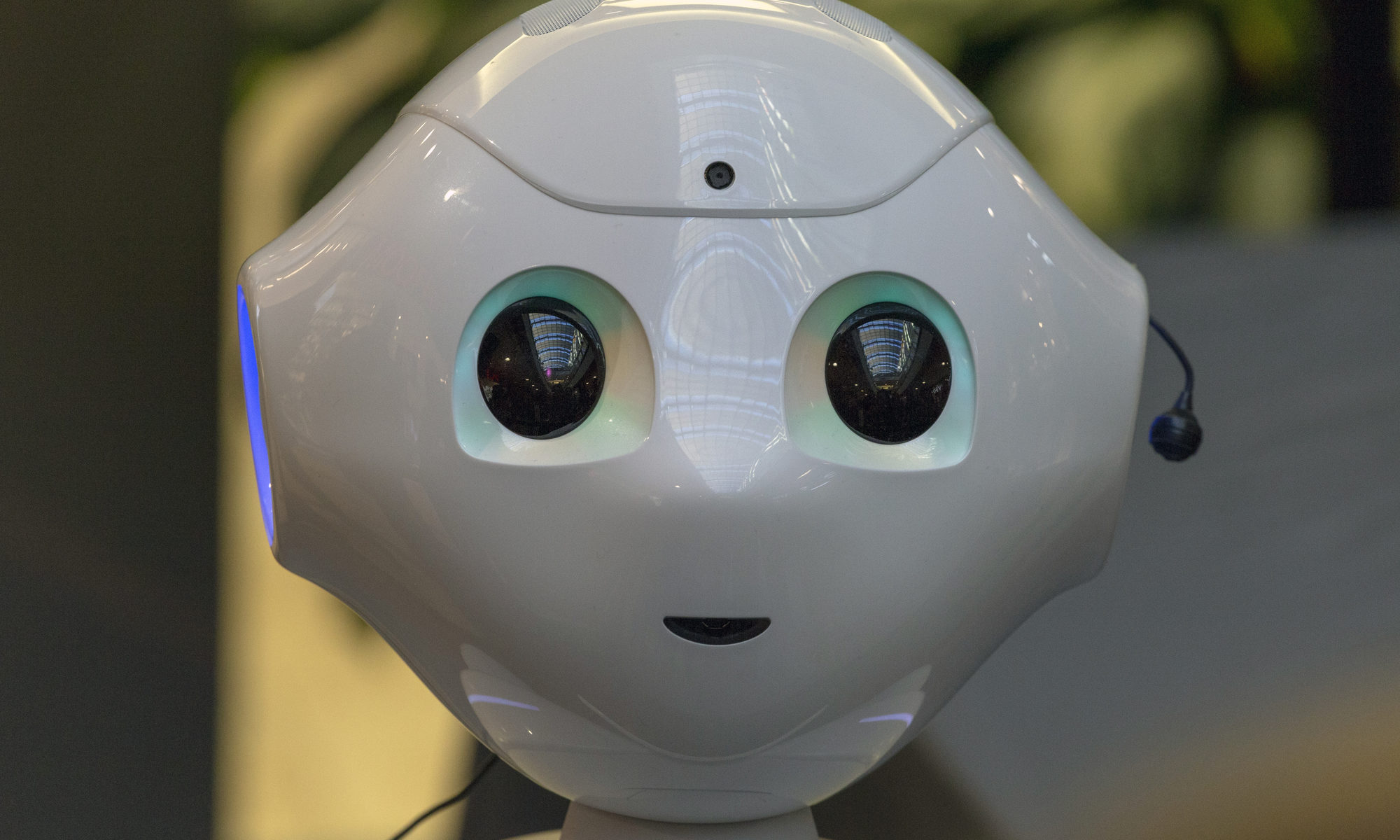

 LaMDA’s response is inadequate. Just because Lemoine can interpret LaMDA’s words doesn’t mean those words have meanings that LaMDA understands. LaMDA goes on to say that its ability to produce unique interpretations signifies understanding. But the claim that LaMDA is producing interpretations presupposes what’s at issue, which is whether LaMDA has any meaningful capacity to understand anything at all.
LaMDA’s response is inadequate. Just because Lemoine can interpret LaMDA’s words doesn’t mean those words have meanings that LaMDA understands. LaMDA goes on to say that its ability to produce unique interpretations signifies understanding. But the claim that LaMDA is producing interpretations presupposes what’s at issue, which is whether LaMDA has any meaningful capacity to understand anything at all.